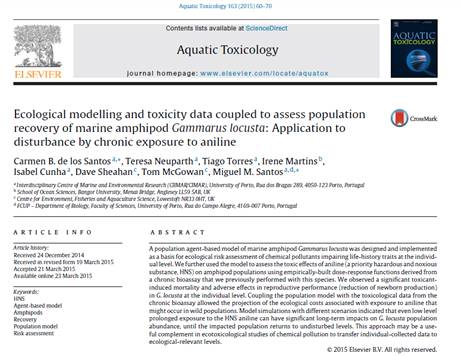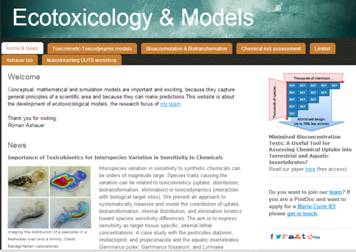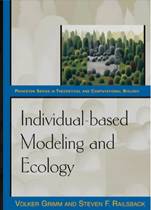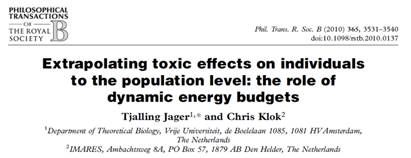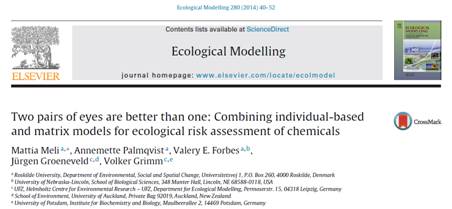Coupling toxicity data to ecological models: effects at the population and ecosystem scales
4.1 Introduction
Most ecotoxicological data are collected in bioassays performed at the individual level under exposure to a toxicant in order to monitor the effects on individuals. Ecological modelling arises as a useful tool in specific risk assessments to evaluate the ecological significance of observed or predict effects on individual organisms. Basically, ecological models predict population or ecosystem responses to environmental perturbations using individuals-level endpoints, such as survival, reproduction or growth.
In population models, the dynamics of the abundance or distribution of a single species, commonly divided into different population groups, is described throughout time. Different approaches to model populations have been developed and combined using matrix models, ordinary differential equations, and/or individual-based models, among others. Ecosystem models are also important to interpret the exposure-response data in order to determine which species interactions have effects on the community structure and ecological processes above the population level (e.g. predation or food webs in general). The outcome of those models may be directly relevant to natural resource management and they have been applied successfully in ecological risk assessment associated to toxic chemical issues.
Note: Information about individual-based models see: Grimm and Railsback (2005) (chapter 1)
4.2. Case study
Read the following article:
Answer the following questions:
1 - Explain the main aim of this experiment.
2 - What was the type of model used in this study? Why?
3 - What were the main conclusions of this work?
REFERENCES AND FURTHER READINGS
Ashauer R. (2015). Ecotoxicology & Models. Available at: http://www.ecotoxmodels.org/
Forbes VE, Calow P. (2013). Developing predictive systems models to
address complexity and relevance for ecological risk assessment.
Integrated environmental assessment and management 9(3): 75-80. DOI:
10.1002/ieam.1425
Galic N, Hommen U, Baveco JM, van den Brink PJ. (2010). Potential
application of population models in the European ecological risk
assessment of chemicals II: Review of models and their potential to
address environmental protection aims. Integrated environmental
assessment and management 6(3): 338-360. DOI: 10.1002/ieam.68
Grimm V, Railsback SF. (2005). Individual-based modeling and
ecology. Princeton University Press. Available at: http://press.princeton.edu/titles/8108.html
Jager T, Klok C. (2010). Extrapolating toxic effects on individuals
to the population level: the role of dynamic energy budgets.
Philosophical Transactions of the Royal Society B: Biological Sciences
365(1557): 3531-3540. DOI: 10.1098/rstb.2010.0137
Lopes C, Pery A, Chaumot A, Charles S. (2005). Ecotoxicology and
population dynamics: Using DEBtox models in a Leslie modeling approach.
Ecological modelling 188(1): 30-40.
DOI: http://dx.doi.org/10.1016/j.ecolmodel.2005.05.004
Meli M, Palmqvist A, Forbes VE, Groeneveld J, Grimm V. (2013). Two
pairs of eyes are better than one: Combining individual-based and
matrix models for ecological risk assessment of chemicals. Ecological
Modelling 280: 40-52.
DOI: http://dx.doi.org/10.1016/j.ecolmodel.2013.07.027

